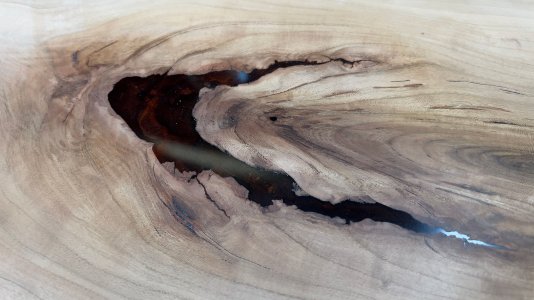luvmytoolz
Member
When you do it you'll need to approach the holes from the side with the toothpick, and let the resin flow in, otherwise you'll trap another air bubble that may not break through.Thanks for the toothpick idea. I've read that mixing small batches is tricky as getting the proportions of resin and hardener right is more difficult and you might have too much of one or the other.

